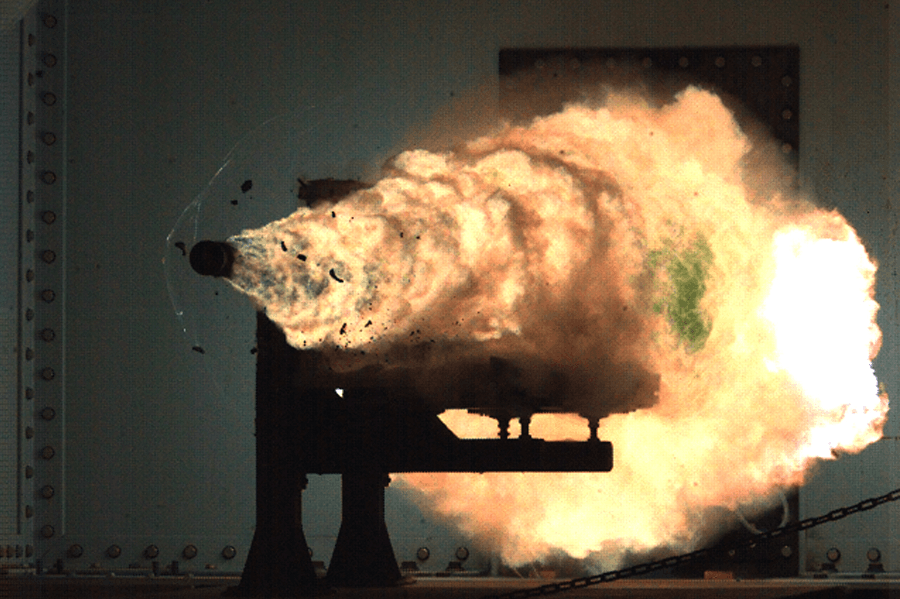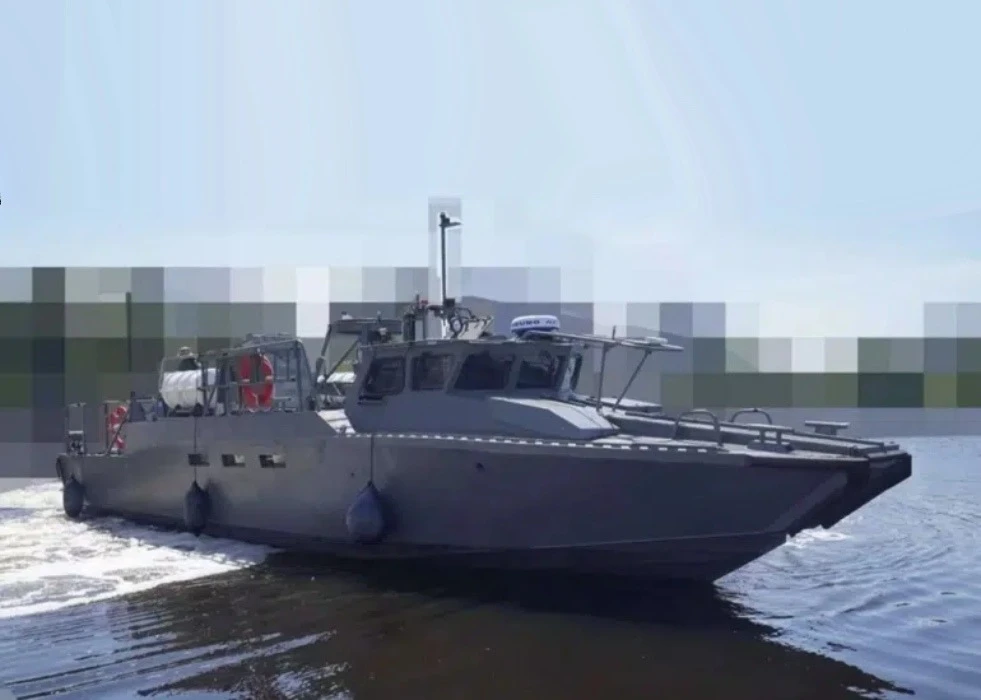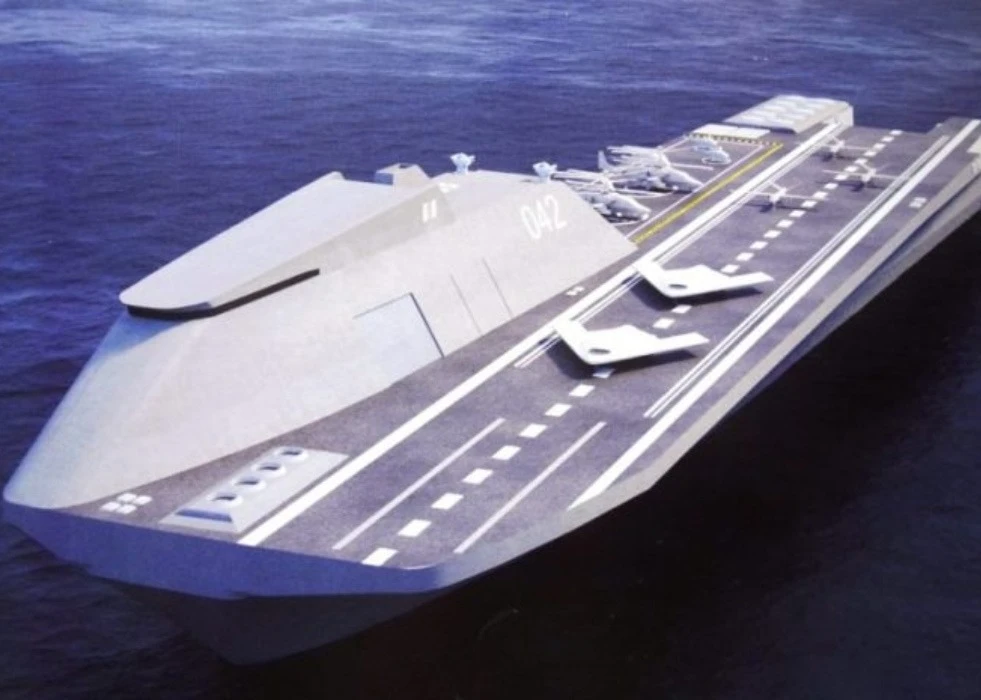The US Navy has ended the railgun project that fires projectiles at up to seven matches using electricity. The Navy’s plans to build an electromagnetic railgun capable of destroying targets up to 100 nautical miles (161km) away reached a deadlock as the weapon never managed to reach its promised range.
As early as 2018, the end of electromagnetic railgun development was foreseen after Chief of Naval Operations Adm. John Richardson told Congress that the weapon had yet to reach its promised range. “The barrel itself is probably the limiting case, the engineering on that, the materials required to sustain that power pulse, and the heat and pressure that’s involved in launching those projectiles,” he said.
The idea for the programme dates back to 1940. It was an old programme which was revealed in 2005. A big question was always whether the gun could stay together during continuous firing. The US Navy considered solving such problems and putting them on the new, stealthy Zumwalt-class destroyers. So it re-started to work on it more than a decade ago.
The Navy announced that the service has “decided to pause” research and development of the much-hyped electromagnetic railgun (or EMRG) at the end of 2021 in light of “fiscal constraints, combat system integration challenges and the prospective technology maturation of other weapon concepts,” according to a statement provided to Military.com.
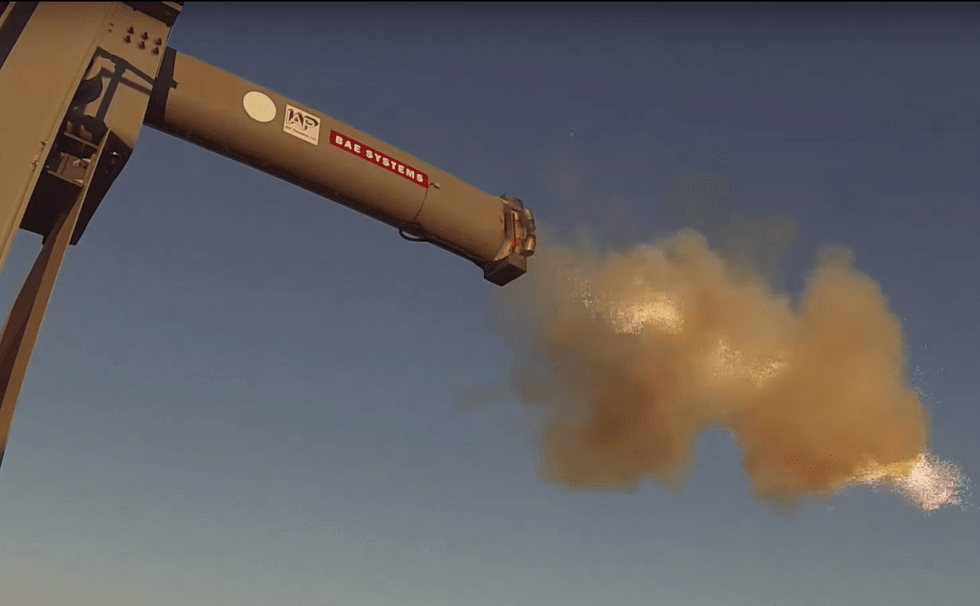
Regular guns use the pressure from an ignited gunpowder charge to expel a projectile from the barrel, sending it flying on a ballistic trajectory. The concept aims to use electricity instead of gunpowder to accelerate a projectile at seven times the speed of sound. That creates enough kinetic energy to destroy targets. Railguns are theoretically safer than conventional guns since they reduce the amount of volatile powder a ship stores deep within its bowels in the ammunition magazine.
The programme has reached an important milestone but never passed it. It could fire projectiles and reach high speed, but the barrel on the railgun prototype had to be replaced after about a dozen or two dozen shots were fired.
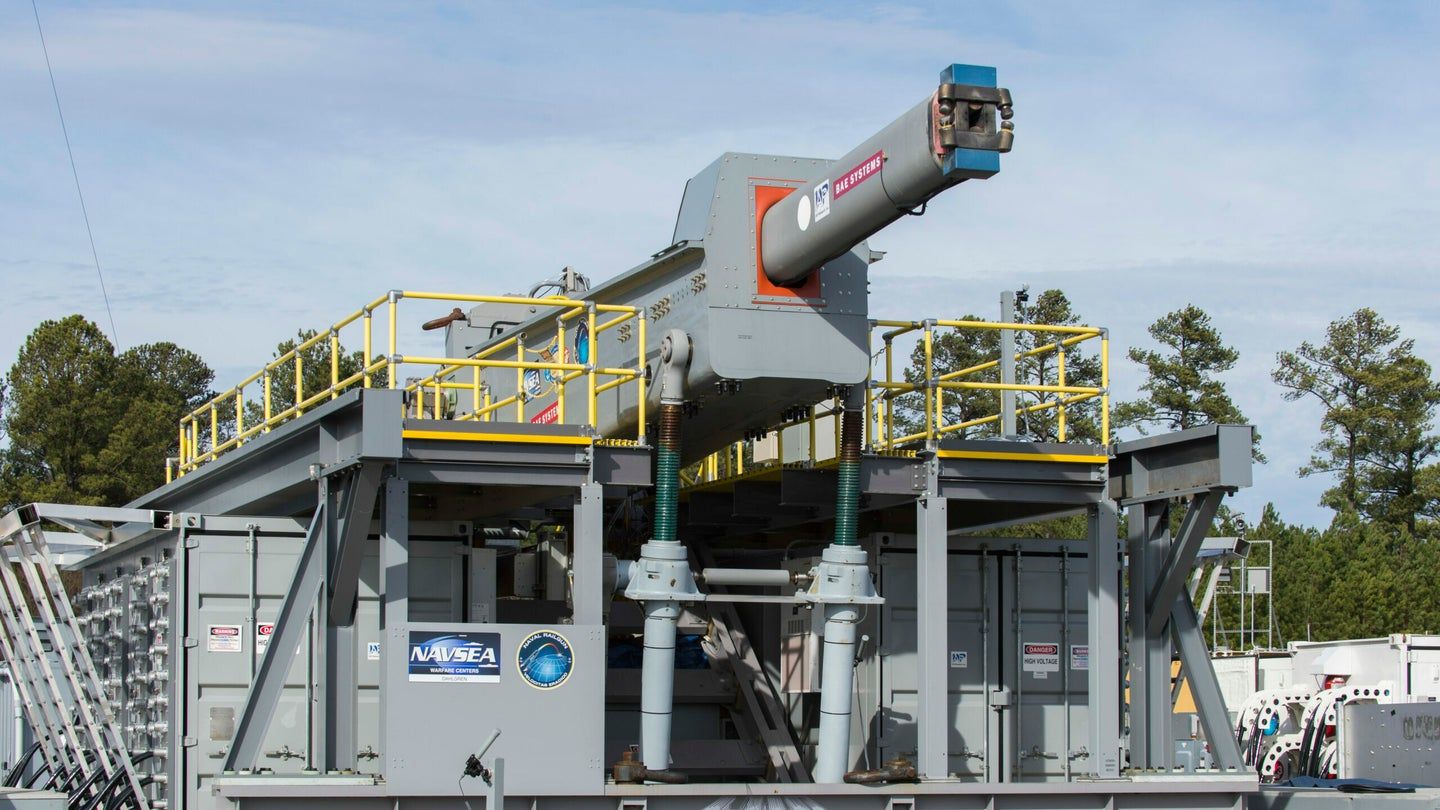
According to the Agence France Press report, Pentagon turns its attention to hypersonic missiles to keep up with China and Russia while cutting the Navy’s funds for railgun research at its latest budget proposal.
Hypersonic missiles reportedly have speeds of more than five times the speed of sound and are designed to move in ways that make them difficult to find and destroy.


